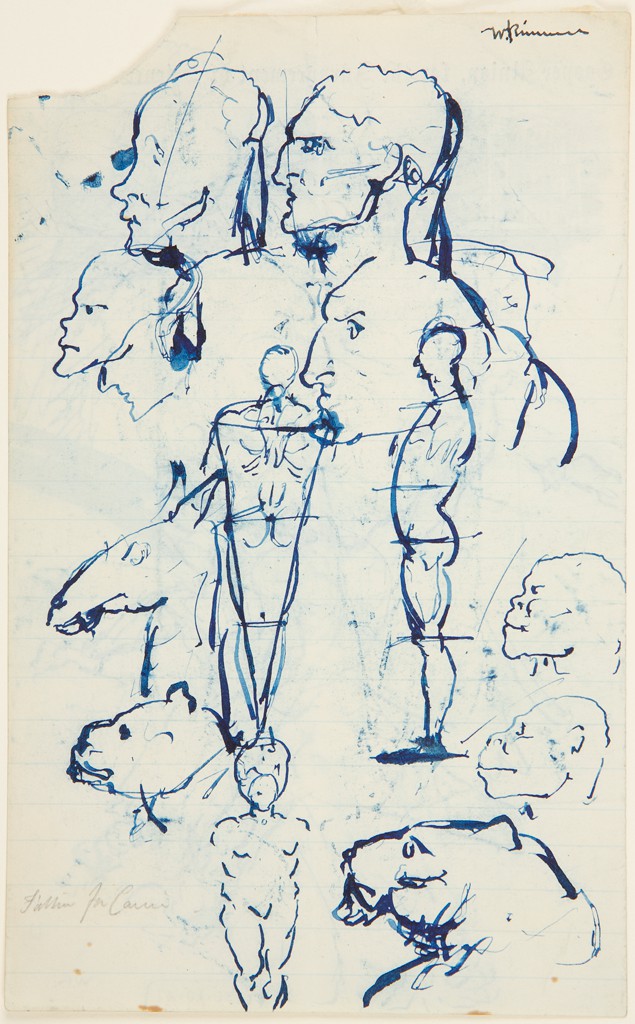1733-1734: Alexander Pope’s Essay on Man published [144]

Art Piece: Nude Male, for “Sadak…”, and Seated Figure; verso: Figure and Animal Sketches, William Rimmer, 1867-1868 [202]
Paper: How scientists perceive the evolutionary origin of human traits: Results of a survey study [186]
Pope’s notable poem is many things: it’s well written, it consists of multiple epistles, and it’s descriptive and filled with imagery. It is also a significant work that influenced those studying evolution, too. Notably, Pope’s poem discusses [8] relationships — the relationships between humanity and the universe, humans and themselves, humans and larger society, and humans as vessels for happiness. Essentially [7], Pope’s text talks of a hierarchy, some sort of order that the universe abides by; Pope seems to say that humans are above plants and animals in this hierarchy, which is reminiscent of early evolutionary ways to contextualize our place in the universe and in nature. Notably, Aristotle’s Scala Naturae attempted [76] to elucidate this idea previously — in this hierarchy, Aristotle arranged a “ladder of nature” onto which he classified living creatures based on observable traits, with humans at the top. Here, Pope does something similar, in terms of organizing groups hierarchically, with humans above seemingly “lesser” organisms like plants and animals. With Pope being such a notable figure in the society of his day, him talking about this hierarchy and classification most likely further thrusted the ideas of taxonomy and classification more into public consciousness, elevating the topic and getting others interested in studying it as well, representing a paradigm shift. The artwork above [202] which depicts human and animal sketches is reminiscent of Pope’s poem and ideas about hierarchy of creatures — the more human-looking sketches appear more towards the top, perhaps “higher” in the hierarchy, while the less human-looking sketches, such as what appears to be a near at the lower right area, appearing near or at the bottom. Although these sketches were done after Pope’s time, perhaps the artist may have been influenced by these ideas of classification and hierarchy. Additionally, the above paper [186] also expands upon both Pope’s words and the artwork. The paper discusses how scientists perceive the origins of human traits evolutionarily — this perception and categorization of human traits is reminiscent of Pope and others’ attempts to classify humans and categorize them in the context of other creatures, and is also reminiscent of the hierarchical visual structure of the artwork above.